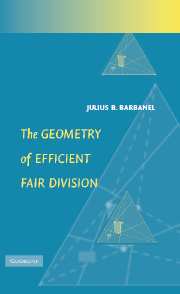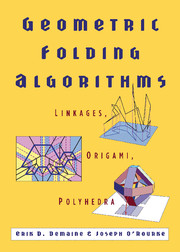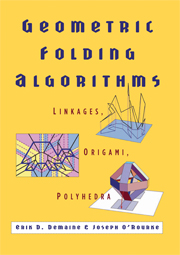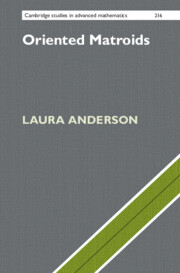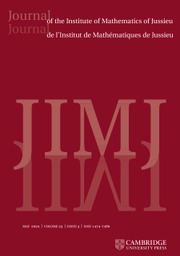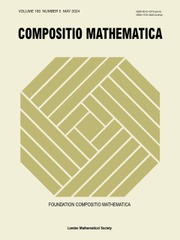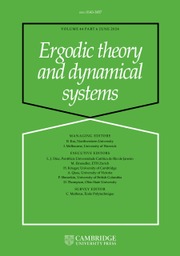The Geometry of Efficient Fair Division
What is the best way to divide a 'cake' and allocate the pieces among some finite collection of players? In this book, the cake is a measure space, and each player uses a countably additive, non-atomic probability measure to evaluate the size of the pieces of cake, with different players generally using different measures. The author investigates efficiency properties (is there another partition that would make everyone at least as happy, and would make at least one player happier, than the present partition?) and fairness properties (do all players think that their piece is at least as large as every other player's piece?). He focuses exclusively on abstract existence results rather than algorithms, and on the geometric objects that arise naturally in this context. By examining the shape of these objects and the relationship between them, he demonstrates results concerning the existence of efficient and fair partitions.
- Contains the study of abstract existence results, rather than algorithms
- A purely mathematical approach to problems that often arise in an economic setting
- Contains interesting studies that lead to results about efficiency and about fairness that would not be apparent otherwise
Reviews & endorsements
'In Chapters 12 and 13, he studies the relationship between the IPS and the RNS, and he provides a new presentation of the fundamental result that ensures the existence of a partition that is both Pareto optimal and envy-free.' Zentralblatt MATH
Product details
April 2005Hardback
9780521842488
472 pages
235 × 157 × 30 mm
0.738kg
73 b/w illus.
Available
Table of Contents
- 0. Preface
- 1. Notation and preliminaries
- 2. Geometric object #1a: the individual pieces set (IPS) for two players
- 3. What the IPS tells us about fairness and efficiency in the two-player context
- 4. The general case of n players
- 5. What the IPS and the FIPS tell us about fairness and efficiency in the n-player context
- 6. Characterizing Pareto optimality: introduction and preliminary ideas
- 7. Characterizing Pareto optimality I: the IPS and optimization of convex combinations of measures
- 8. Characterizing Pareto optimality II: partition ratios
- 9. Geometric object #2: The Radon-Nikodym set (RNS)
- 10. Characterizing Pareto optimality III: the RNS, Weller's construction, and w-association
- 11. The shape of the IPS
- 12. The relationship between the IPS and the RNS
- 13. Other issues involving Weller's construction, partition ratios, and Pareto optimality
- 14. Strong Pareto optimality
- 15. Characterizing Pareto optimality using hyperreal numbers
- 16. The multi-cake individual pieces set (MIPS): symmetry restored.

